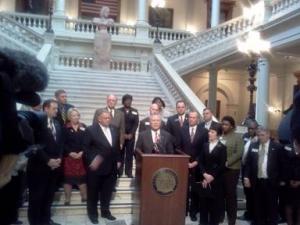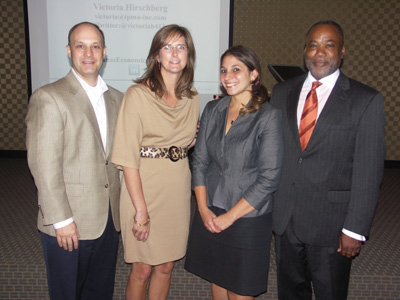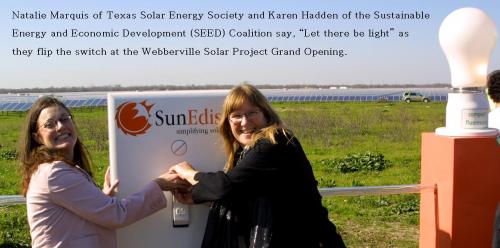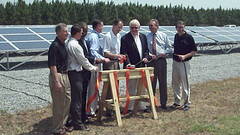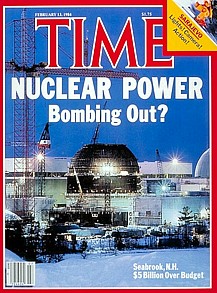After years of protests and the Three Mile Island nuclear accident
in Pennsylvania,
the New Hampshire legislature passed a law that denied
the Public Service Company of New Hampshire (PSNH)
Construction Work in Progress (CWIP) charges
before the Seabrook nuclear plant

provided electricity to its customers.
One of two planned Seabrook reactors did finally go into service in 1990,
more than a decade late and far over budget.
Meanwhile,
the New Hampshire Supreme Court ruled the anti-CWIP law was constitutional,
and PSNH went bankrupt in 1988:
the first
investor-owned utility since the Great Depression to declare
bankruptcy.
Seabrook was the last nuclear reactor built in the United States.
Until now.
In Georgia.
Which has CWIP.
Maybe we should
change that.
Here’s an excerpt from
a corporate history of
Public Service Company of New Hampshire (PSNH):
By January 1972 PSNH had decided not only to build a nuclear plant
at Seabrook but also to have it consist of two 1,150-megawatt units,
to be completed in 1979. PSNH was to own 50 percent of the $1.3 billion
project and share the remaining investment with other New
England utilities. In January 1974 the New Hampshire Site Evaluation
Committee, the Public Utilities Commission (PUC) and other
regulatory bodies had issued the basic permits, but interveners in
the case succeeded in having the New Hampshire Supreme Court
overturn these permits. After repeated appeals and rehearings PSNH
received its construction permit in July 1976—and experienced
its first protest at the planned site.
There followed a decade of other protests at the site, inside
regulatory chambers, and in New Hampshire and Washington courtrooms.
The 1979 accident at the Three Mile Island nuclear-power plant in
Pennsylvania—to name but one event that triggered concern
Continue reading →  Andrea Schruijer, Executive Director of the Valdosta-Lowndes County Industrial Authority (VLCIA), made a presentation to the Lowndes County Commission at their Work Session 26 March 2012. VLCIA Board member G. Norman Bennett was also present. Congratulations to VLCIA on proactively getting the word out about what they are doing!
Andrea Schruijer, Executive Director of the Valdosta-Lowndes County Industrial Authority (VLCIA), made a presentation to the Lowndes County Commission at their Work Session 26 March 2012. VLCIA Board member G. Norman Bennett was also present. Congratulations to VLCIA on proactively getting the word out about what they are doing!